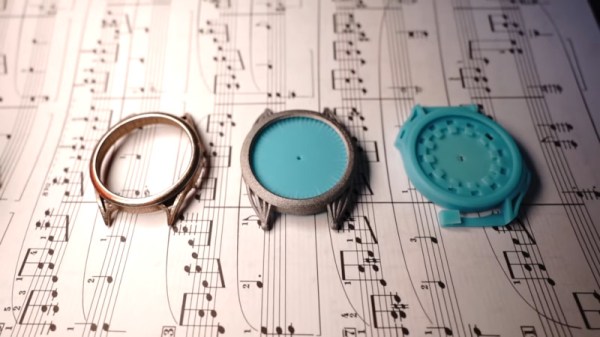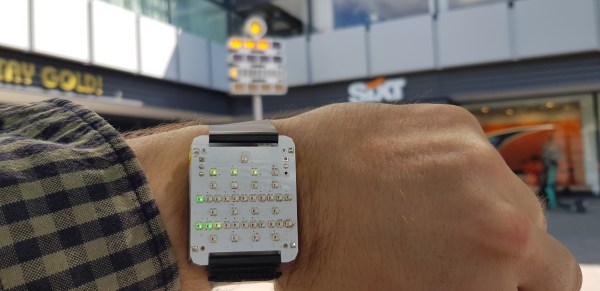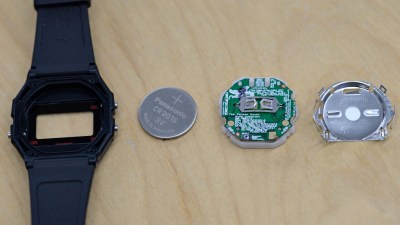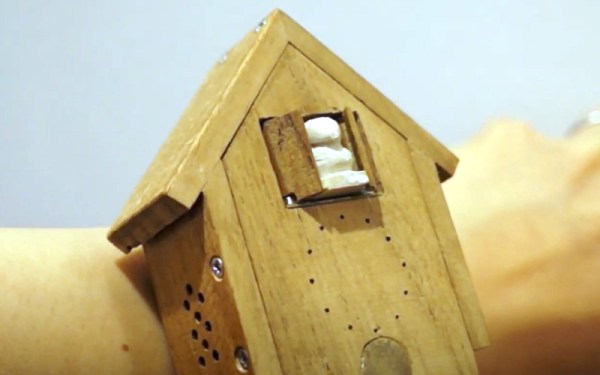While we aren’t typically put off by a large wristwatch, we were taken a bit aback by [Chris Fenton]’s latest timepiece — if you can call it that. It’s actually a 1/25th-scale Cray C90 worn as a wristwatch. The whole thing started with [Chris] trying to build a Cray in Verilog. He started with a Cray-1 but then moved to a Cray X-MP, which is essentially a Cray-1 with two extra address bits. Then he expanded it to 32 bits, which makes it a Cray Y-MP/C90/J90 core. As he puts it, “If you wanted something practical, go read someone else’s blog.”
The watch emulates a Cray C916 and uses a round OLED display on the top. While the move from 22 to 32 address bits sounds outdated, keep in mind the Cray addresses 64-bit words exclusively, so we’re talking access to 32 gigabytes of memory. The hardware consists of an off-the-shelf FPGA board and a Teensy microcontroller to handle mundane tasks like driving the OLED display and booting the main CPU. Interestingly, the actual Cray 1A used Data General computers for a similar task.
Of course, any supercomputer needs a super program, so [Chris] uses the screen to display a full simulation of Jupiter and 63 of its moons. The Cray excels at programs like this because of its vector processing abilities. The whole program is 127 words long and sustains 40 MFLOPs. Of course, that means to read the current time, you need to know where Jupiter’s moons are at all times so you can match it with the display. He did warn us this would not be practical.
While the Cray wouldn’t qualify as a supercomputer today, we love learning about what was state-of-the-art not that long ago. Cray was named, of course, after [Seymour Cray] who had earlier designed the Univac 1103, several iconic CDC computers, and the Cray computers, of course.


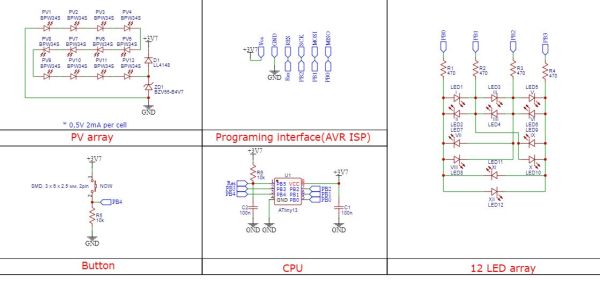
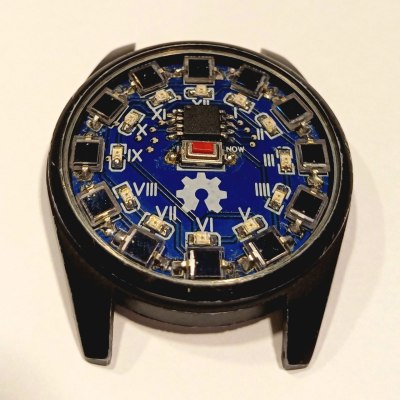
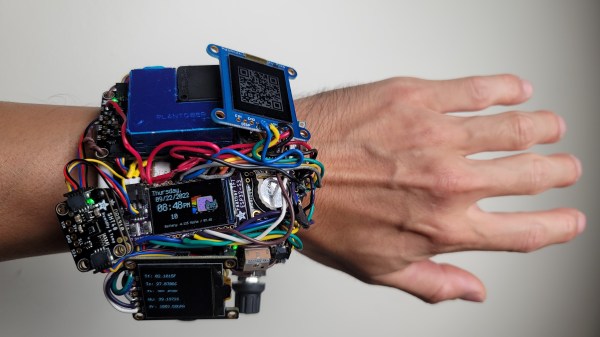
 [Rob] has been focusing on day-to-day usability first and foremost, with pleasantly clicky encoders, impeccable performance of its watch duty, unparalleled expandability, and comfortable wrist fit — it provides a feeling no commercial wearable could bring.
[Rob] has been focusing on day-to-day usability first and foremost, with pleasantly clicky encoders, impeccable performance of its watch duty, unparalleled expandability, and comfortable wrist fit — it provides a feeling no commercial wearable could bring.
